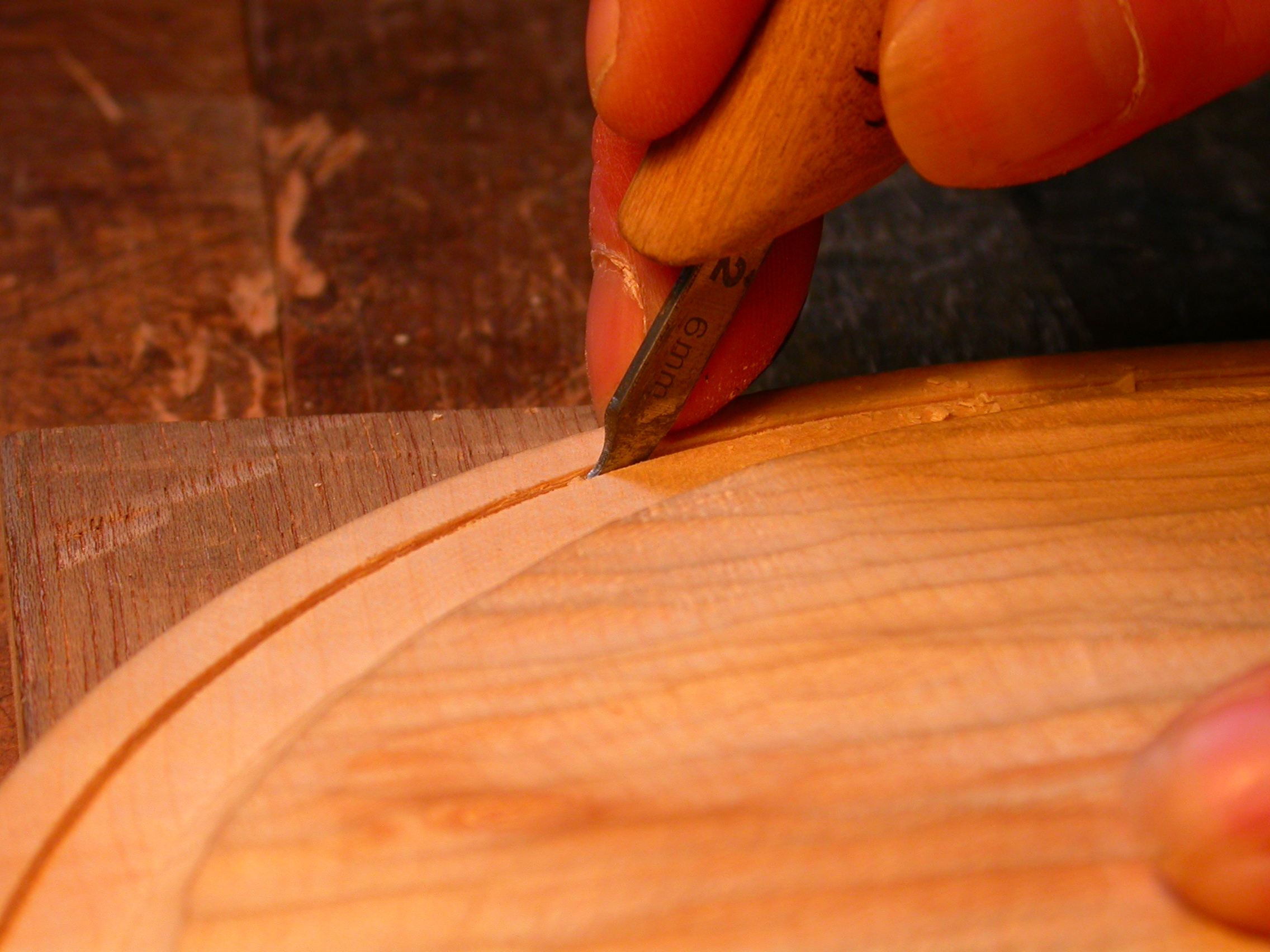
How To Use Turkey Drippings For Cooking Vegetables
How to Use Turkey Drippings for Cooking Vegetables
How to Use Turkey Drippings for Cooking Vegetables
1. Roast vegetables in a pan with turkey drippings. This is a good way to add taste to your greens and make them further crispy. Simply toss your vegetables within the drippings and roast them in a preheated oven until they’re tender and browned.

2. Sauté greens in turkey drippings. Sautéing vegetables in turkey drippings is one other nice way to add flavor to them. Simply heat the drippings in a skillet over medium heat and add your greens. Cook till the vegetables are tender and browned.
3. Make a gravy with turkey drippings and greens. If you want to make a gravy to serve with your greens, you can do so utilizing turkey drippings and vegetables. Simply whisk collectively the drippings, greens, and some flour till smooth. Then, prepare dinner the gravy over medium warmth until it has thickened.
4. Use turkey drippings to make a vegetable soup. Turkey drippings can also be used to make a scrumptious vegetable soup. Simply add some vegetables, broth, and seasonings to the drippings and simmer until the soup has thickened. Serve scorching and enjoy!
Sautéing Vegetables in Turkey Drippings
Turkey drippings are a flavorful and versatile ingredient that can be used to reinforce the flavour of quite a lot of dishes, together with sautéed vegetables.
To sauté greens in turkey drippings, observe these steps:
1. Heat 2 tablespoons of turkey drippings over medium heat in a large skillet.
2. Add 1 pound of chopped greens to the skillet, similar to broccoli, carrots, celery, or onions.
3. Cook the vegetables, stirring often, till they’re softened and browned to your required doneness.
4. Season the greens with salt and pepper to style.
5. Serve the sautéed greens instantly.
– Braising greens in the drippings infuses the vegetables with a wealthy, savory flavor.
– Make a flavorful aspect dish by roasting root greens, such as carrots, parsnips, or turnips, within the drippings
– Add chopped vegetables, corresponding to onions, celery, or carrots, to the drippings and cook dinner till softened before including the the rest of the soup or stew components.
How to Use Turkey Drippings for Cooking Vegetables
Turkey drippings are a flavorful and versatile ingredient that can be utilized to add richness and depth of flavor to your favourite vegetable dishes. Here are a couple of ideas for using turkey drippings in your cooking:
- Use turkey drippings as a base for soups and stews. Turkey drippings add a wealthy and savory flavor to soups and stews, they usually may help to thicken the broth. Simply add a couple of tablespoons of turkey drippings to your soup or stew pot along with your other ingredients.
- Use turkey drippings to roast greens. Roasting vegetables in turkey drippings is a great way to add flavor and caramelization to your vegetables. Simply toss your greens in a bowl with some turkey drippings, salt, and pepper, and then roast them within the oven till they’re tender and browned.
- Use turkey drippings to sauté vegetables. Sautéing vegetables in turkey drippings is a quick and easy way to add taste to your vegetables. Simply heat somewhat little bit of turkey drippings in a skillet over medium heat, after which add your vegetables. Cook the vegetables until they are tender and browned, stirring often.
- Use turkey drippings to make gravy. Turkey drippings are the proper base for a flavorful and wealthy gravy. Simply whisk collectively some turkey drippings, flour, and milk or broth until the gravy is clean and thickened. Then, cook dinner the gravy over low warmth till it is scorching and bubbly.
Here are some additional ideas for utilizing turkey drippings in your cooking:
- Use unsalted turkey drippings. Salted turkey drippings can make your dishes too salty, so it’s best to use unsalted drippings whenever potential.
- Strain the turkey drippings before utilizing them. This will take away any bits of fats or particles from the drippings.
- Turkey drippings may be saved within the fridge for up to three days, or within the freezer for as a lot as 3 months.

